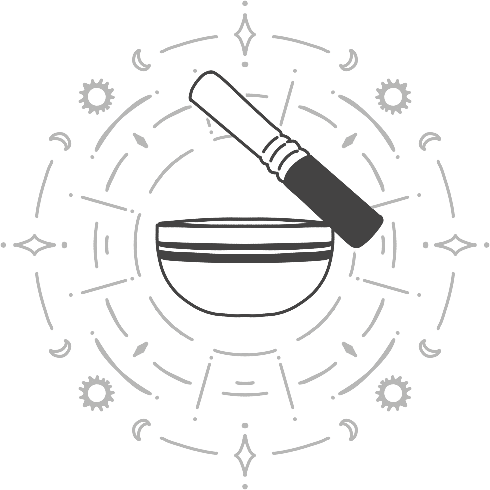What is a Sound Healer?
Do You Need a Certification?
Step 1: Start Exploring Sound Healing
Step 2: Choose a Certification Program
Step 3: Get the Right Instruments
Step 4: Practice and Reflect
Step 5: Share Your Offerings
Ready to Get Certified?
Frequently asked questions
Do I need a music background to become a sound healer?
Not at all. Many certified sound healers start with no musical experience. It’s about intention, practice, and connection — not performance.
What instruments do I need to start sound healing?
You can begin with just one Tibetan singing bowl and a pair of harmonized crystal singing bowls. Many students add more over time, like gongs, chimes, or tuning forks.
Where should I buy sound healing instruments?
It’s important to purchase from reputable sources that specialize in sound therapy tools. We recommend brands like Meinl Sonic Energy for bowls and gongs, and Koshi chimes for a beautiful complementary sound. Skip Amazon if you can — quality and tuning really matter. Also, Facebook Marketplace can be a great resource in the US for used instruments.
What kind of gong should I start with?
You don’t need a huge setup to begin. A wind gong or small hand-hammered gong is a great entry point. We love all the gongs, honestly — and the right one is the one you feel drawn to. We also recommend exploring a variety of mallets, which we cover in our training.
What’s the difference between crystal and Tibetan singing bowls?
Tibetan bowls are made of metal and often produce deeper, grounding tones. Crystal singing bowls are made of quartz and offer clearer, higher-pitched frequencies. Both are powerful — we use both in our certification program.
Are Koshi Chimes good for sound healing?
Yes! Koshi chimes are a favorite complementary instrument. They're beautifully tuned and easy to incorporate into both group sound baths and private sessions.
How long does it take to become certified in sound healing?
With our self-paced online course, you can complete your training in just a few weeks — or take your time. You have lifetime access to the content and 12 months to earn your certificate.

